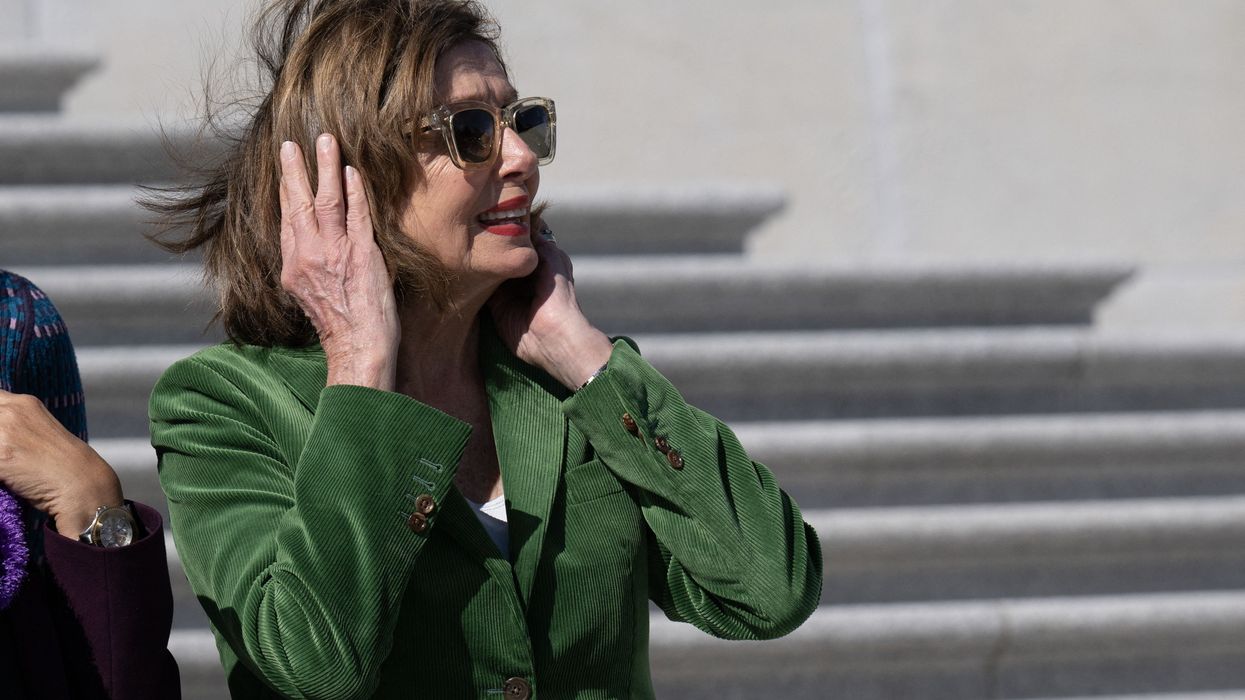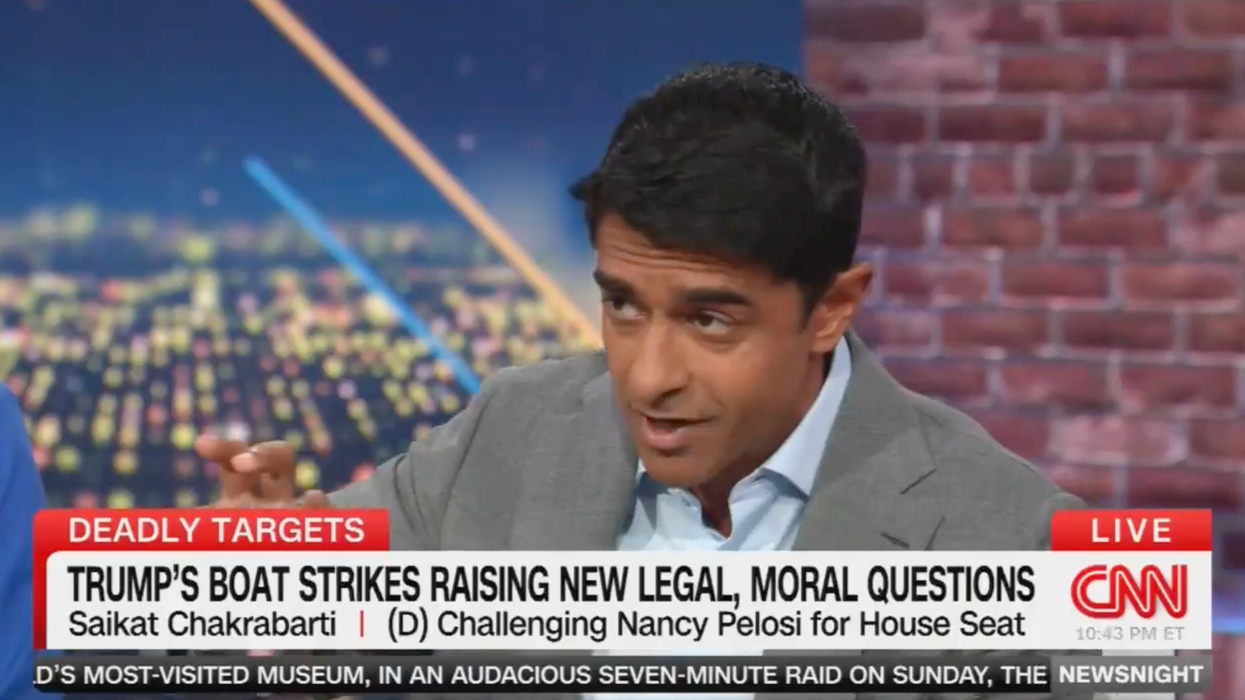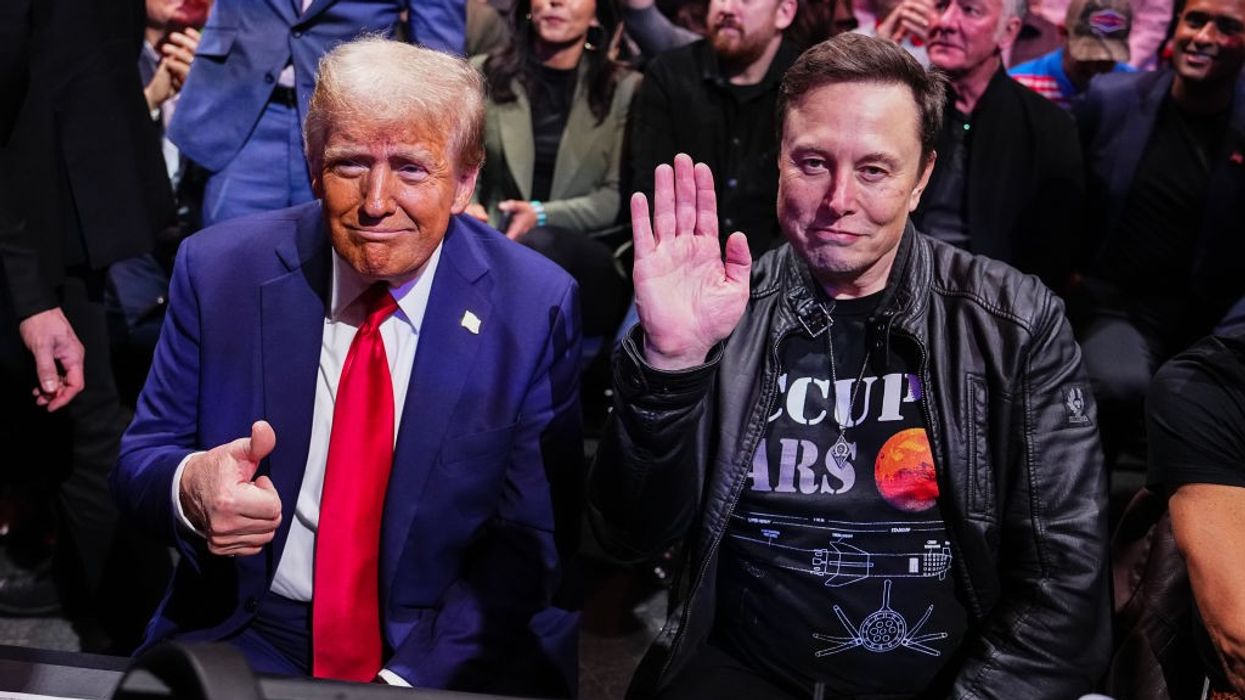'Long-Overdue': Pelosi to Retire After Four Decades in Congress
Pelosi's progressive challenger called it the start of a "generational shift" in the Democratic Party.
Former House Speaker Nancy Pelosi is calling it quits after nearly four decades in Congress. On Thursday, the longtime Democratic leader announced that her 20th term in Congress will be her last and that she will not run for reelection in 2026.
"For decades, I've cherished the privilege of representing our magnificent city in the United States Congress," Pelosi (D-Calif.) said in a video tribute to her constituents in San Francisco. "That is why I want you, my fellow San Franciscans, to be the first to know I will not be seeking reelection to Congress. With a grateful heart, I look forward to my final year of service as your proud representative."
The departure of the 85-year-old Pelosi, the first and only woman to ever hold the speaker's gavel, comes at a critical crossroads for the Democratic Party, when the brand of corporate-friendly centrism she came to embody faces a crisis of credibility after failing to withstand the return of President Donald Trump, and an increasingly muscular progressive flank seeks to reshape the party in its image.
"Starting out as a progressive, Pelosi has steadily drifted to the center over the decades, coinciding with her rise up the party ranks, the gradual rise of her net worth, and even San Francisco’s transformation into an unaffordable playground for the rich," wrote Branko Marcetic in Jacobin when she stepped down from the role as the Democratic leader in 2022.
Once a proponent of universal healthcare, Pelosi will likely be remembered as one of the foremost obstacles to achieving Medicare for All, which she fought tooth and nail to block, with the support of the health insurance industry, during her final four years as speaker.
As the climate crisis grows more urgent and increasingly destructive, Pelosi will be remembered as the person who derided the nascent "Green New Deal" effort to transition America's economy toward renewables as "the green dream or whatever they call it."
As the Democratic Party's base reckons with its near-total shift against Israel following more than two years of genocide in Gaza, Pelosi—who previously backed funding for the Iraq War against the grassroots of her party—will be remembered as the person who, suggested that Democrats protesting for a ceasefire were spreading “[Russian President Vladimir] Putin’s message” and should be investigated by the FBI.
As Immigration and Customs Enforcement (ICE) rampages through American cities—including her beloved San Francisco—tormenting immigrants and citizens alike, Pelosi will be remembered for her role bending to Republican demands during the last government shutdown in 2019, to hand the agency more funding as part of a power play against the progressive "Squad" members who wanted to see the agency abolished or defunded.
And at a time when Americans struggle with a surging cost of living, Pelosi will be remembered as one of the people who profited most from her position at the heights of power. In 2024, she and her husband raked in more than $38 million from stock trading, more than any other member of Congress in either party, and remained a persistent defender of the humble elected representative's right to use their immense wealth of insider knowledge for personal gain.
Pelosi's retirement announcement comes at a moment when the Democratic establishment, particularly its congressional leaders—Senate Minority Leader Chuck Schumer (D-NY) and Pelosi's successor, House Minority Leader Hakeem Jeffries (D-NY)—face historic unpopularity with their own voters.
A survey published by Pew Research at the beginning of October found that 59% of self-identified Democrats disapprove of the job their leaders are doing. A previous poll from Reuters/Ipsos found that Democrats believe there was a large gulf between their governing priorities, like universal healthcare, affordable childcare, and higher taxes on the rich, and those of the party.
Pelosi's announcement comes just two days after the most significant triumph in decades for the progressive movement she tried to crush, with the democratic socialist state assemblyman Zohran Mamdani being comfortably elected as New York City's next mayor despite Pelosi's refusal to endorse.
"This is an appropriate response to Mamdani’s win," New Republic writer Indigo Oliver said of Pelosi's retirement on social media. "Chuck Schumer should follow Pelosi’s lead."
Even prior to her retirement becoming official, momentum was building behind a more progressive candidate to take Pelosi's seat as well: Saikat Chakrabarti, the former chief of staff for Rep. Alexandria Ocasio-Cortez (D-NY), who some have described as a "clone" of Mamdani, though he too has been met with criticism for his coziness with San Francisco's powerful tech sector.
"Pelosi’s retirement marks the end of an era in San Francisco politics and the beginning of a long-overdue generational shift," said an email from the Chakrabarti campaign.


